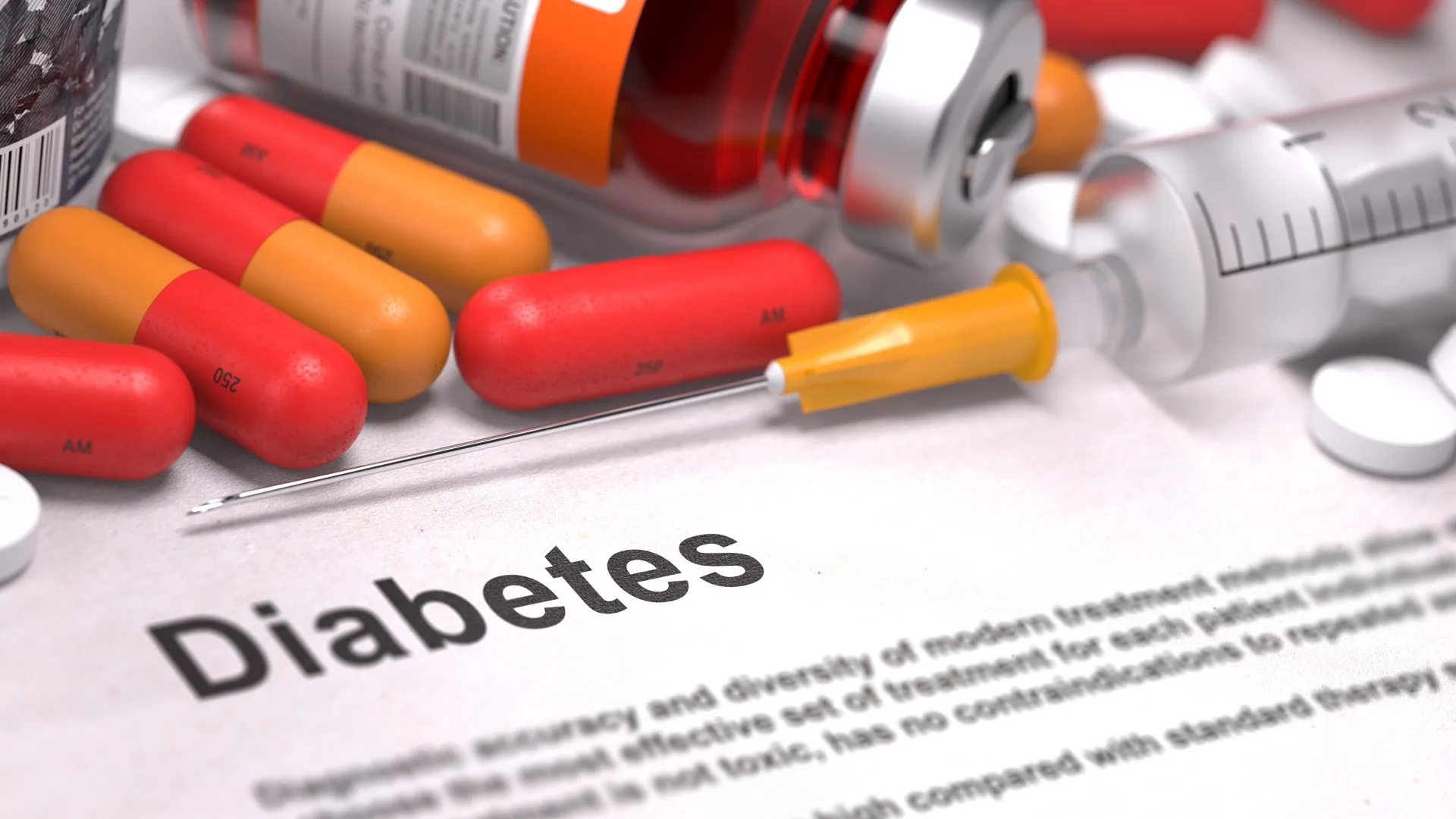In people with type 2 diabetes, when treatment with oral agents fails, one of the preferred options is the addition of basal insulin.Many patients manage to reach therapeutic objectives with this alternative, at least initially;However, often, after a while it is necessary to intensify the treatment to maintain/achieve the objectives set for each patient.
Given this reality, there are currently several therapeutic options to choose from depending on each patient.The main international clinical practice guides propose several intensification alternatives, either with prandial insulin (basal -plus therapy, biphasic mixtures or bolus-base therapy) or with non-insulin drugs (especially agonists of the LPG-1 receptor and SGR inhibitors-2).However, there are no clear indications about when selecting one of these options.
This has been highlighted today, during a debate session held at the XXIX Congress of the Spanish Diabetes Society, which is closed today.Doctors Francisco Javier Ampudia, of the Endocrinology and Nutrition Service of the University Clinical Hospital of Valencia, and Juan José Gorgojo, of the Endocrinology and Nutrition Unit of the Alcorcón Foundation University Hospital (Madrid), have defended different treatment alternatives for these cases.The objective, as both experts have agreed, is to offer the best therapeutic option depending on the evolutionary moment in the natural history of each person's diabetes.
"It is a frequent clinical situation, and it is not always easy to decide what option to use for each case," admits Dr. Francisco Javier Ampudia.More than a controversial issue is a clinical situation in which the professional must decide the best option based on their experience, criteria and evidence available.
Basal-bolus insulin
Basically, it is known that intensifying treatment with prandial insulin when it does not correspond can be deleteric for the patient, since this option can be accompanied by weight gain and more risk of hypoglycemia.But delaying the intensification with prandial insulin, using other inappropriate options for the patient's situation, it can also have dire consequences.
Before this dilemma, Dr. Francisco J. Ampudia has defended in the debate "a difficult position, in view of the recent studies with other therapeutic combinations."However, in his opinion, “it is indisputable that any patient with type 2 diabetes, which presents hyperglycemia clinic and a low pancreatic reserve, will need prandial insulin to achieve the therapeutic objectives.A late intensification can expose the patient to an important clinical deterioration and, potentially, to a hyperglycemic decompensation. ”
Alternative therapies with ARGLP1/I-SGLT2 are acceptable in some patients for treatment intensification, when basal insulin is not enough.However, in the words of Dr. Ampudia, “the addition of prandial insulin, as a progressive addition (basal plus) or basal-bolus, will always be a necessary option in patients with intense insulinopenia, with clear signs of accelerated catabolism (symptomatic,Weight loss, etc.) ”.
basal+ arglp1/i-glt2
Bolo-Basal insulin therapy has been considered for many years as the "gold pattern" of the optimized treatment of the patient with evolved DM2.However, Dr. Juan José Gorgojo highlights that "it is not exempt from adverse effects, such as weight gain or serious hypoglycemia, which are associated with cardiovascular events and increased mortality."In addition, this expert continues, “the need to prick 3-4 times a day and perform multiple controls ofCapillary glycemia hinders adhesion to treatment, generating frequent insulin doses and even more or less prolonged interruptions of such treatment. ”
In general, both the patient and the clinician prefer less complex options with less adverse effects.In this sense, Dr. Gorgojo emphasizes, "the possibility of associating ARGLP-1 and/or ISGLT-2 to basal insulin greatly simplifies treatment, saving insulin dose, reducing the risk of hypoglycemia and favoring weight loss".As he has tried to show in his presentation, there were even doubts about whether this approach would achieve the same efficacy as complex insulin therapy, but several clinical trials seem to have cleared this unknown.
Therefore, the endocrinologist of the Alcorcón Foundation University Hospital has described itself as "a firm defender of the adipocentric strategy in the treatment of DM2."As justification for this position, he recalled that more than 80% of these patients have an increase in visceral and ectopic fat, which, in the context of a genetic susceptibility, constitutes the main pathological core of the disease.
“If we use drugs that reduce visceral/ectopic fat, such as the ARGLP-1 and the ISGLT-2, we will achieve a global improvement of all cardiovascular risk factors (including HBA1C), but without paying the toll of hypoglycemia, theweight gain or deterioration of comorbidities associated with obesity, ”says Dr. Juan José Gorgojo who, in addition, added that“ these drugs are synergistic with basal insulin in the decrease in HBA1C, limiting the adverse effects ofInsulinotherapy. "
In recent years, several ARGLP1 and ISGLT2 have proven to reduce cardiovascular morbidity and mortality in patients with DM2 and high cardiovascular risk, “so these drugs should be used in a large percentage of our patients, since the most frequent cause of mortality between them isCardiovascular diseases, ”according to Dr. Gorgojo, who recommends“ the addition of ARGLP-1 and/or ISGLT-2 as a treatment of choice in most people with diabetes mellitus associated with visceral adiposity, being an absolute indication in those in thosepeople who have diabetes and established cardiovascular disease or who have high cardiovascular risk ”.
a frequent problem
Type 2 diabetes is a multifactorial and progressive disease in which the programmed cell death of the pancreatic beta cell occurs.
To date, no pharmacological treatment has managed to modify the natural history of this disease, so a growing percentage of patients require an insulin therapy in a medium-long term to maintain adequate glycemic control.
However, 50% of patients with DM2 fail to achieve the glycemic control objectives with basal insulins in clinical trials, and this percentage is much lower in real life.
In Spain, less than 25% of insulin treated patients manage to maintain an HBA1C & LT; 7%.Therefore, it is common for the clinic to have to decide what to do with a poorly controlled patient with basal insulin.


